What are Integrated Payments? Everything you need to know 101 and more.
USIO
DECEMBER 26, 2023
Integrated payments refer to the seamless incorporation of payment processing capabilities into other business applications or systems. Similarly, a point-of-sale (POS) system in a retail store might have integrated payment functionality, streamlining the checkout process for both customers and employees.


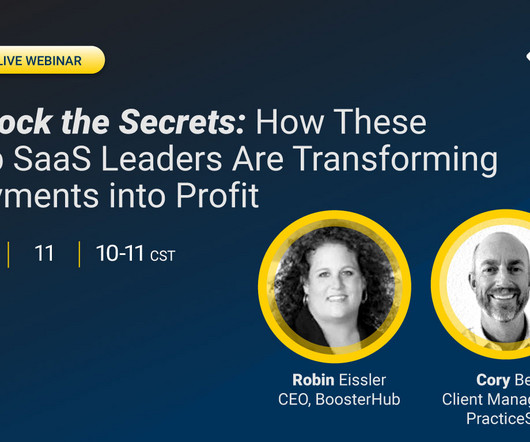




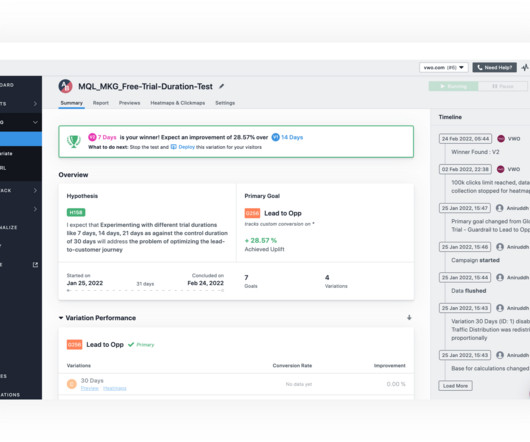
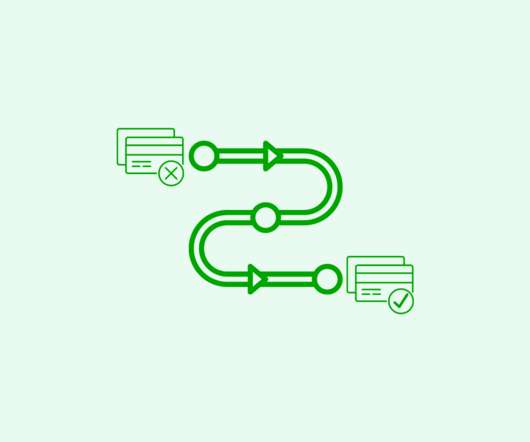

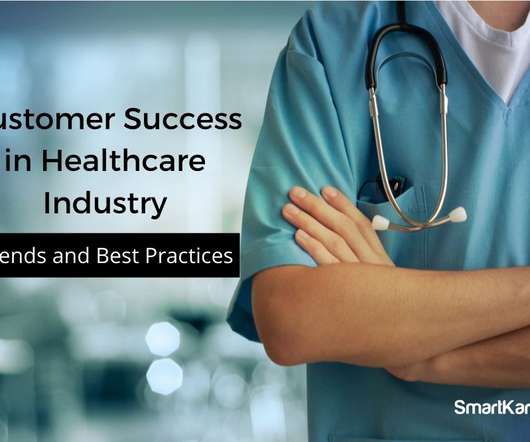
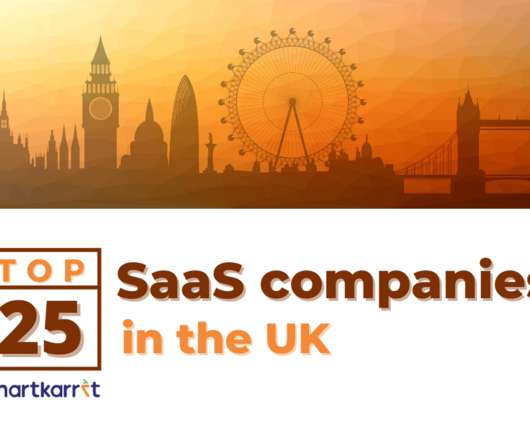
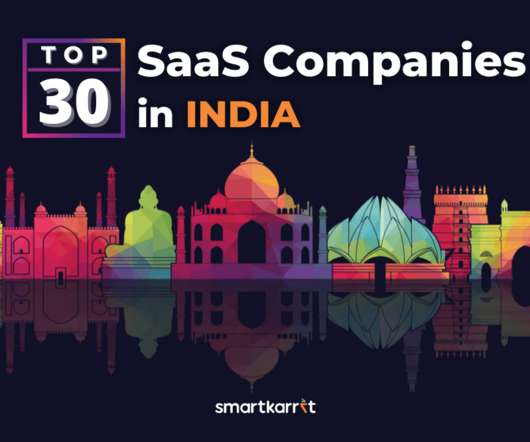









Let's personalize your content